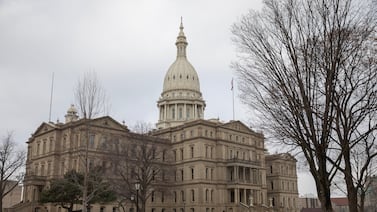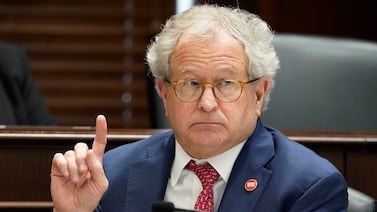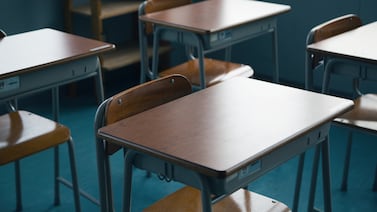Even though many Indiana districts have reopened campuses, some school superintendents want the freedom to offer fewer instruction days — so that they can better prepare teachers and adapt to the unpredictable constraints imposed by the COVID-19 virus.
They promise not to shortchange students. Seven school systems, including the Indianapolis-based Paramount charter school network, are proposing longer school days while they can safely provide in-person learning. That could free up days for teacher training.
Indiana requires schools to offer 180 teaching days each year. If the State Board of Education approves the waiver, those seven districts would be able to measure instructional time in hours rather than days. The state board could consider the waiver at its next meeting Oct. 7.
Brown County Schools, one of the districts seeking a waiver from state laws, wants flexibility in how it will keep students and staff safe if the coronavirus forces more social limitations, Superintendent Laura Hammack said.
Leaders of the seven school districts, most of them rural, want to have more time to train teachers, particularly in transitioning from in-person to virtual instruction. Offering remote learning is particularly tough in agricultural areas with limited broadband connectivity.
“Really only about 40% of our student population is able to have access to high-speed internet” strong enough to function with school programs, Hammack said. “We want to be thoughtful about how we measure the school year.”
Hammack called the waiver application “thinking outside the box.”
Scot Croner, superintendent of Wa-Nee Community Schools in rural northern Indiana, said that while 90% of students have internet access, less than 50% have reliable hard-wired internet in their homes. Students may use a hot spot off of a parent phone, or spotty dish-based internet service.
The district serves a significant Amish population, who are not permitted to do e-learning.
“We have to do a lot more just traditional paper packets,” Croner said, meaning worksheets without much instruction. “Certainly, we can do remote learning and make it count for the sake of counting as instructional days,” he said. But “we had concerns to the level of actual learning kids were accomplishing.”






